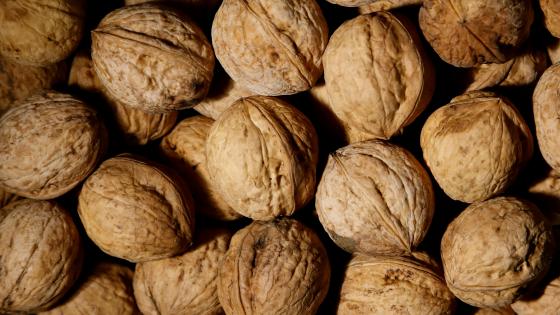
Black Walnut
Black Walnuts
The two major varieties of walnuts grown for food in the U.S. are black walnut (Eastern black walnut, Juglans nigra; and California black walnut, Juglans hindsii); and Persian walnut (Juglans regia), also called Carpathian walnut or English walnut. Eastern black walnut is native to North America and is a valuable timber tree, long harvested for veneer lumber. Black walnuts also have a long history as a food ingredient, and Eastern black walnuts are one of the few wild harvested commercial food crops in the U.S. Persian walnut trees were introduced in California by Spanish missionaries in the 1700s, and California dominates U.S. commercial Persian walnut production.
Key Requirements
| Land | Medium |
| Labor | Medium to High |
| Capital | Medium |
Take the HortBizQuiz to see how much Land, Labor, and Capital you have for your operation.
Markets
- Direct to Consumer
- Farmer's Market
- On-Farm Stands
- CSA
Pests & Disease
Walnut trees should be managed for disease and insects, as well as protected from wildlife damage. Walnut anthracnose is the major disease affecting black walnut trees in Kentucky. Insect pests in walnut trees may be controlled through preventative measures and insecticide treatments.
Costs and returns are presented as estimates. They will vary based on your farm and markets.
Costs and returns are presented as estimates. They will vary based on your farm and markets.
Challenges
State and federal food safety, labeling, and other food manufacturing regulations, including allergen concerns, may apply when shelling nuts and making food products containing tree nuts.
Opportunities
- Tree nuts enjoy favorable consumer perception because of the nutrition profile of the nuts.
- Eastern black walnuts appeal to consumers seeking food from native species and food containing wild-harvested ingredients.